Romaine Lettuce
What is Romaine Lettuce?
Romaine lettuce is a delicious leafy vegetable that is widely used in sandwiches and salads, among other dishes. It is a variety of the Greek Lettuce. It grows on a tall head with sturdy leaves and a firm rib in the center.

Romaine Lettuce
Table Of Content
Scientific Name
Since it is a variety under a species thus the scientific name always stands with the species as Lactuca sativa L. var. longifolia.
Description
These leaves taste as well as look good.
Shape: The leaves of this variety of lettuce are long and ovate shaped.
Color: They are bright green colored.
Taste: This leafy vegetable has a deep taste which is mildly sweet and bitter.
Smell: It doesn’t have any distinctive smell.
Texture: The texture is finely crisp and fresh.
Distribution
It is found throughout the world. Some sources claim its origin in Cos Island, Greece. Some claim it originated in Arab. However, these edible leaves reached the Western countries via Italy.
Nutrition Facts
Read about the nutritional value contained in every 100 gm of fresh Romaine Lettuce. This much of these leaves has 15 calories.
| Nutrient | Amount | Percentage |
| Energy | 17 kcal | |
| – Dietary fiber | 2.1 g | |
| Carbohydrates | 3.3 g | |
| Protein | 1.2 g | |
| Fat | 0.3 g | |
| Water | 95 g | |
| Folate (vit. B9) | 136 μg (34%) | |
| Vitamin A equiv. | 290 μg | 36 % |
| Vitamin C | 24 mg | 29% |
| Iron | 0.97 mg | 7 % |
| Calcium | 33 mg | 3 % |
| Potassium | 247 mg | 5 % |
| Phosphorus | 30 mg | 4 % |
Health Benefits
The Romaine lettuce is moderately nutritious but has the right benefits for the health.
Low Calorie – It has very low calorie in it and is thus very healthy.
Protein – It is a whole food and is full of protein. This prevents hunger pangs and keeps from eating junks.
Omega-3 Fatty Acids – These leaves contain 2:1 ratio of omega-3 and omega 6 fatty acids which means it does not indulge into settling fats in the body.
Heart Health – The beat-carotene and vitamin C compounds fights oxidation of cholesterol. This process checks plaque building up in the arteries and maintains a healthy heart.
Digestion – It contains fiber which aids in good digestion.
Weight Loss – The cellulose and fiber combination aids in long term weight management.
Good Taste – It is important for the food to taste good. The body and mind both need to feel good about the food that one eats to completely absorb the nutrition.
Whole Food – Lettuce is not yet commercialized in cans and boxes, mixed with artificial preservatives. Thus it is one of the rare natural vegetation that comes fresh and can be eaten raw. Eating fresh foods in raw state provides the body with vital energies that are not yet recognized by nutrition science.
Low Glycemic Index – The leaves have average glycemic index but extremely low calorie content, thus the glycemic load is almost negligible. This keeps the blood sugar levels on check.
Alkaline – Minerals present in lettuce helps remove toxins from the body. It also maintains balances the healthy alkaline order. This boosts up the body energy, promotes clearer thinking and youthful skin.
Insomnia – Lettuce contains lactucarium which calms the nerves and helps in good sleep. This is a great kitchen remedy for insomnia.
Muscle Strength – The potassium content in this leafy vegetable is great for enhancing strength of the body muscles.
Side Effects
There are no known side effects of Romaine lettuce. But there are some wild breeds of lettuce which make one drowsy.
During Pregnancy
This leafy vegetable is usually suggested during pregnancy due to its abundance health benefits. Specially, the fiber content is extremely beneficial during pregnancy as constipation is a common problem in this period and fiber aids in that.
Cooking
It can be eaten raw, boiled, stewed, stir fried or even baked.
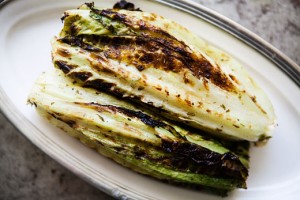
Romaine Lettuce Recipe
Salad Recipes
Some of the best salad recipes with romaine lettuce are:
- Chinese chicken salad
- Chicken souvlaki gyro style
- BLT salad
- Caesar salad supreme
- Lettuce leaf tacos
- Anyday potato Caesar salad
- Peruvian Aji-style salad
- Tossed salad pizza
- Almost authentic Caesar salad
- Insalata cotta e cruda
- Grecian lamb Caesar salad
- Feta garlic salad with mushroom
- Favorite Mexican salad
- Broccoli salad with margarita salad
- Chicken pecan salad
- Deliciously sweet salad with maple, nuts, seeds, blueberries and goat cheese
- Strawberry romaine salad
- Winter fruit salad with lemon poppy-seed dressing
Substitute
Romaine lettuce can be substitute by both kale and spinach. Though, there will some difference in nutritional profiles of these different leady vegetables.
Uses
These leafy vegetables are widely used for their edibility and medicinal properties.
Edible Uses
- It is most commonly eaten raw in sandwiches and salads.
- It can be baked and eaten in many dishes.
- The vegetable is stewed with meat.
- The leaves can be stir fried with other vegetables for a healthy snacking.
- It is often cooked into various soup recipes with other vegetables and meat.
- It is stewed medicinally in many traditional medical sciences to cure various digestive ailments.
- The leaves are also eaten as a kitchen remedy for insomnia.
Medical Uses
- It is stewed medicinally in many traditional medical sciences to cure various digestive ailments.
- The leaves are also eaten as a kitchen remedy for insomnia.
Availability
In most part of the temperate zone of the world, it is available throughout the year.
Storage
Roots of the leaves should be wrapped in a wet towel. Pack the rest of the part of those leaves in a plastic bag and squeeze out the moisture. Keep the packed leaves in the fridge for about 5 days.
Romaine lettuce VS Spinach
This lettuce is milder in taste and nutrition content than spinach. Spinach has a higher nutrition quotient of vitamin C, iron, vitamin K and magnesium.
Romaine lettuce VS Kale
- Preparations of the two leafy vegetables are different.
- Kale has a slightly bitter taste, whereas, lettuce is mildly sweet.
- Kale is higher in fiber content than romaine lettuce.
- Kale has 3 times more calories than lettuce.
- Kale is higher in calcium content than lettuce.
Fun Facts
Know some interesting facts about romaine lettuce.
- It belongs to the thistle and daisy family.
- It was once considered such a gracious vegetable that it was served to the royals on table.
- Emperor Caesar Augustus built a statue of lettuce as he believed that those leaves had cured him from his fatal illness.
- In China, lettuce is considered as lucky and is eaten on occasions.
- Christopher Columbus introduced these leaves to America.
- This leafy vegetable is used in the Jewish ritual called Passover Seder as a bitter leaf to symbolize the bitterness that the Egyptians inflicted when Israelites were their slaves.
Pictures
See the pictures below of romaine lettuce and identify the fresh ones in the market next time.
Reference:
http://en.wikipedia.org/wiki/Romaine_lettuce
http://www.care2.com/greenliving/10-powerful-advantages-of-eating-lettuce.html
http://www.diethealthclub.com/calories/lettuce.html
http://www.livestrong.com/article/516612-is-lettuce-good-while-you-are-pregnant/
http://allrecipes.com/recipes/salad/green-salads/romaine-lettuce-salad/top.aspx
https://www.weekand.com/healthy-living/article/kale-vs-lettuce-18014213.php
- by anwiksha
- June 1st 2013

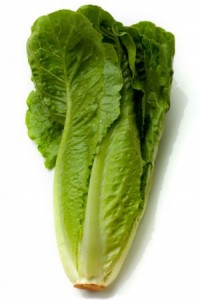
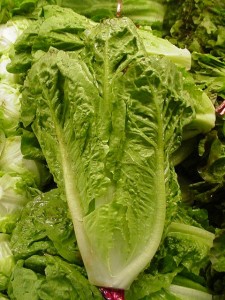
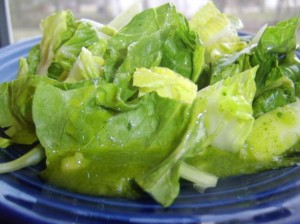
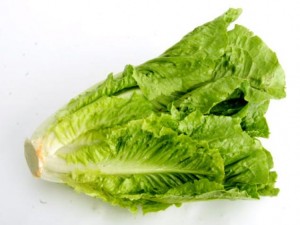
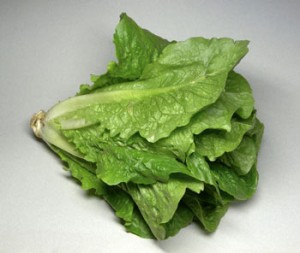
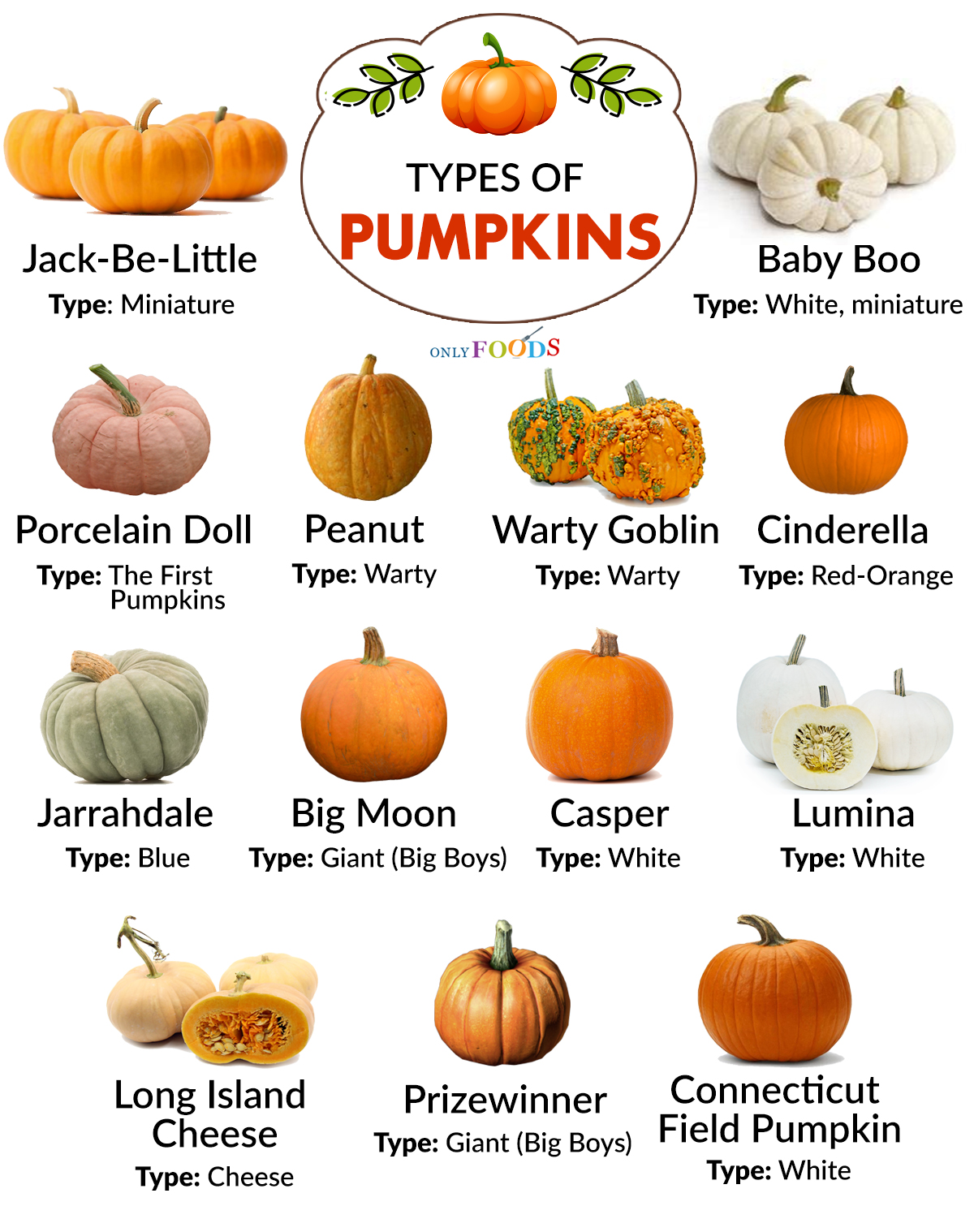

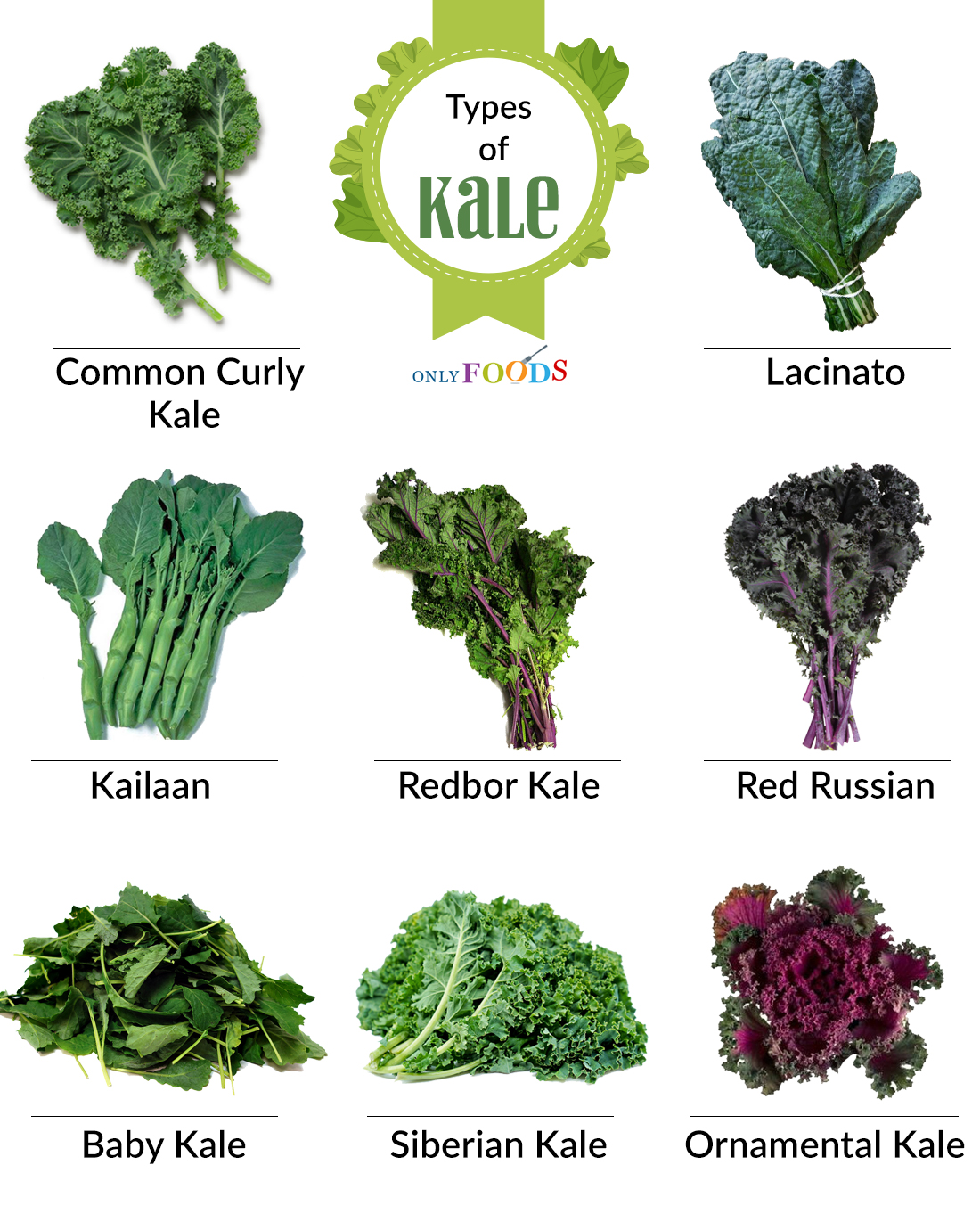
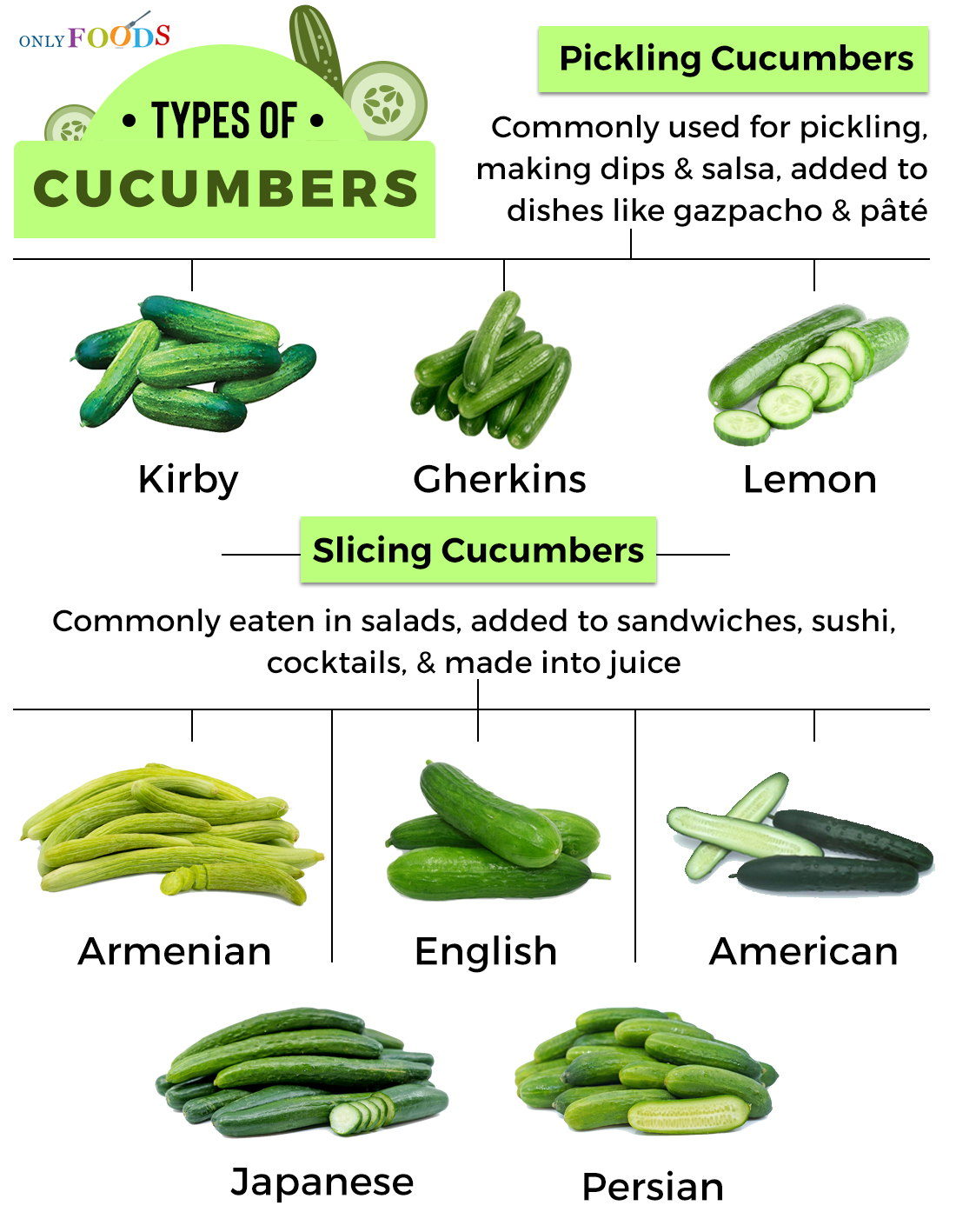















Leave a Reply